How Argus Farm Stop Uses a Retail Store, Food Hub, and Local Line
Located in Ann Arbor, Michigan, Argus Farm Stop is an independent local food retailer that is...
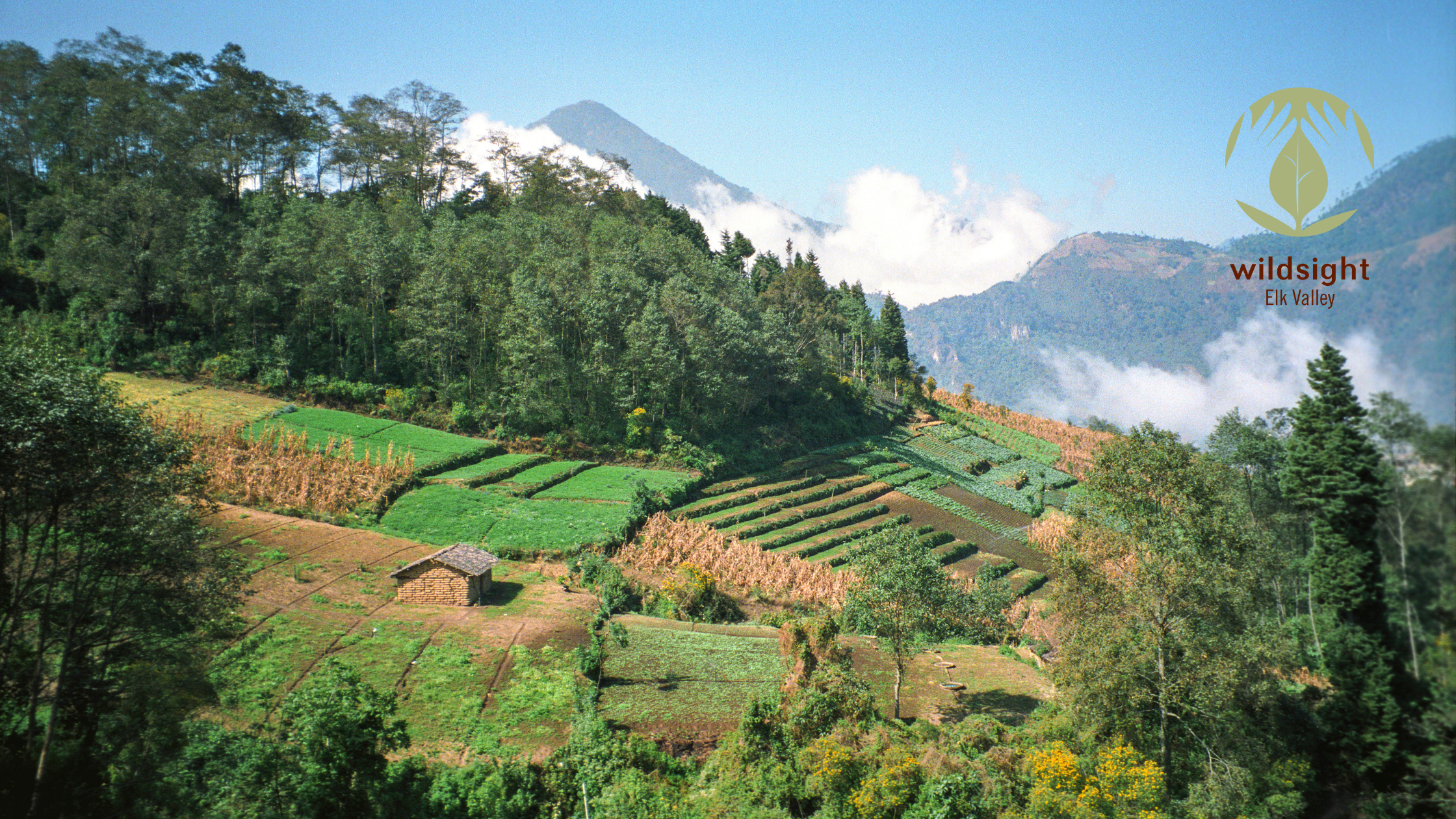
What role does community play in local food systems? If you ask Dawn Deydey and Jennifer Lennon from Wildsight Elk Valley, they would say that it means everything. That it's at the core of the food system in their region.
On our last episode of the Future of Food, we sat down with Dawn and Jennifer to learn more about their organization. Wildsight’s mission is to protect biodiversity and encourage sustainable communities in the Southern Rockies region of British Columbia, Canada. They do this through a number of different initiatives including, Local, a brick-and-mortar store supplied by different community members and farms in the area. Local serves to provide Fernie, BC with fresh, local food year-round. With a short growing season and the usual challenges of a decentralized, rural community, Wildsight is making strides towards food sovereignty in innovative and community-focused ways.
We spoke to Jennifer last year about their journey starting the Local store and how they used Local Line to offer a digital version to their community through their online store.
JL: We’re located in Fernie, British Columbia, a ski town of about 5000 people year-round. We’re located in a mountain valley. We are definitely vulnerable to food insecurity because of our geographic location…In town, we have two major chain grocery stores which are where most people get the vast majority of their groceries. There’s also a farmers’ market which runs in July and August only…So it's kind of a short window of pretty wonderful abundance, but only really in the heat of the summer, [with] not a lot of access outside of that. So that's been one of the major reasons to start the [Local] store to try and provide producers with access to the market.
KK: There are many others who have the same difficulties and challenges in building a local food system in a rural or remote area. There are only a couple of different producers. It is challenging for them to find sales channels and avenues to sell their products, especially when those small communities are often monopolized by large grocery chains. Consumers are socially [conditioned] to go to the grocery store. What are the challenges when it comes to introducing a new sales channel in a small community?
DD: Local is about community-powered food. This is something that has been growing for many years. It started with the farmers' market and community garden and grew from there. We weren’t starting from scratch. After observing food producers at the market for a couple of decades, it was quite clear that there was more we could do to build local food in our community because our small producers just don't have an easy and reliable way to sell their products.
Local is a low-barrier model of food access with year-round access. Unlike a farmers’ market, the vendors are not present in the store, which has substantially freed-up their time.
We started really small with a budget of almost nothing. We had to be creative in how we were going to operate. For example, we have a volunteer training program in the store - this reduces the cost of staffing, which helps us offer a lower cost system to farms. We went from 17 producers involved in the store to 50!
It’s important for us to listen to what the farmers say, what the customers say, and find a happy medium that works for all. We can put local food on the shelf or in the fridge or freezer year-round and it makes it easier for customers to access the local food more consistently. With regular store hours, online shopping, etc. It’s been a slow start but we’re getting there.
We believe the future of food is providing communities with the workflow and infrastructure to sell and buy local food. Once the infrastructure is set, the system facilitates interactions between buyer and seller to happen organically and sustainably. Organizations like Wildsight are a huge part of that.
Through speaking with inspiring guests, businesses, and organizations in the space, we hope to share our journey with you. To stay informed for our next webcast, register here:
Nina Galle is the co-author of Ready Farmer One. She continues to arm farmers with the tools, knowledge, and community they need to sell online at Local Line.
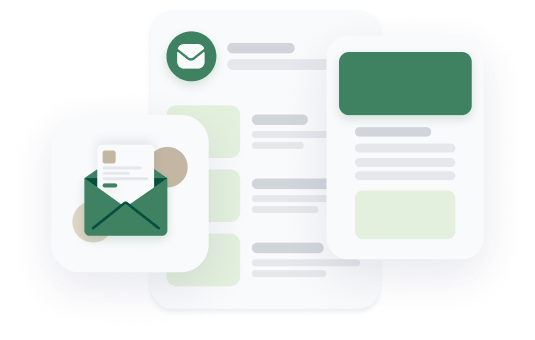
Stay in the loop by subscribing to our newsletter and receive weekly insights that you won't want to miss.
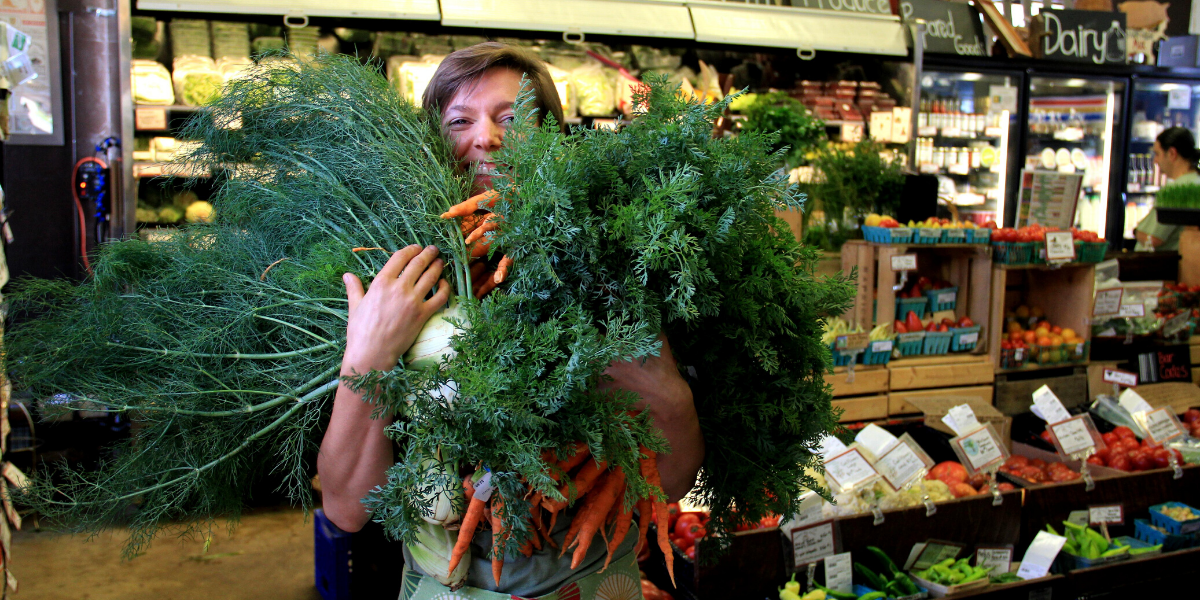
Located in Ann Arbor, Michigan, Argus Farm Stop is an independent local food retailer that is...
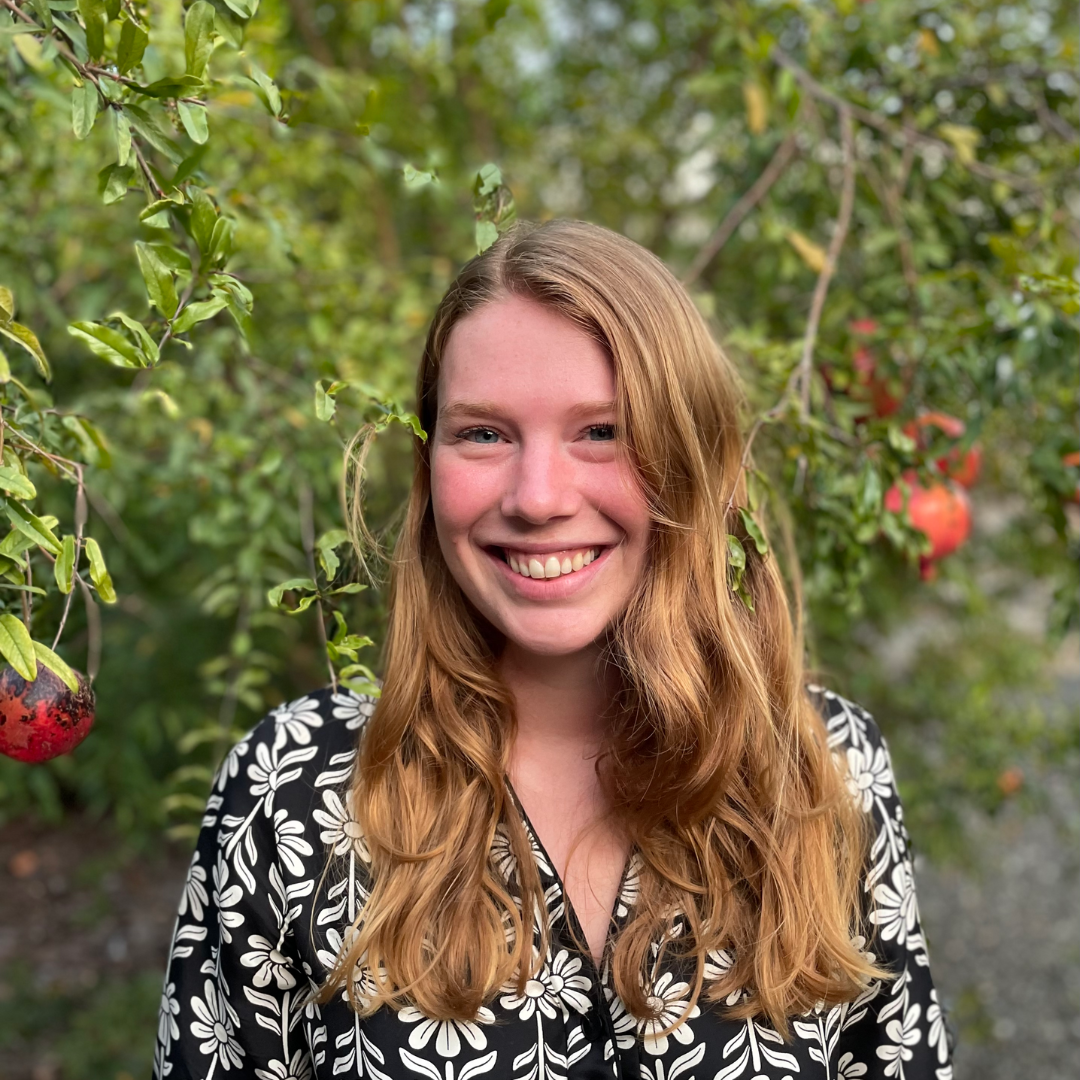 Nina Galle
Nina Galle
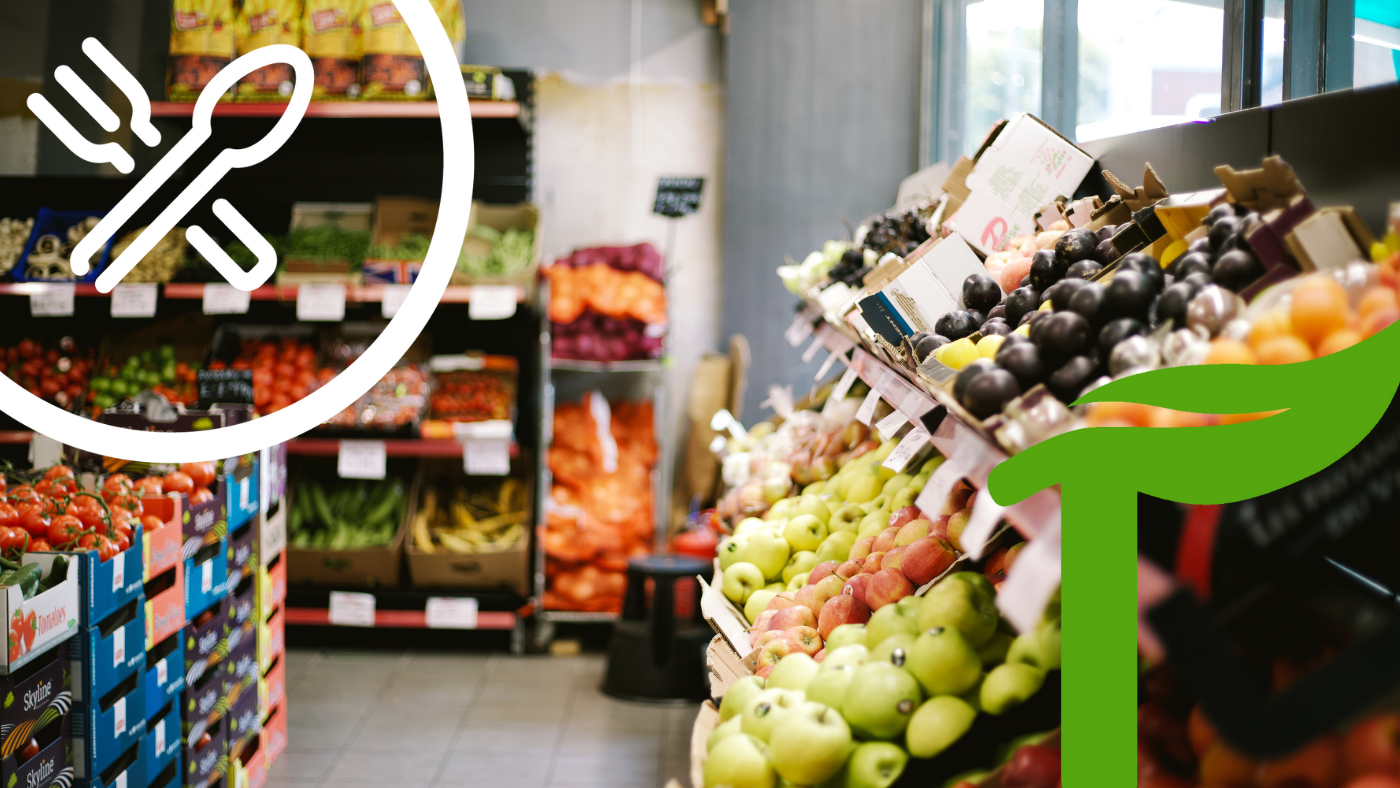
Originally posted on MaineBiz Portland, Maine - June 20, 2023 - Forager, a company focused on...
 Nina Galle
Nina Galle
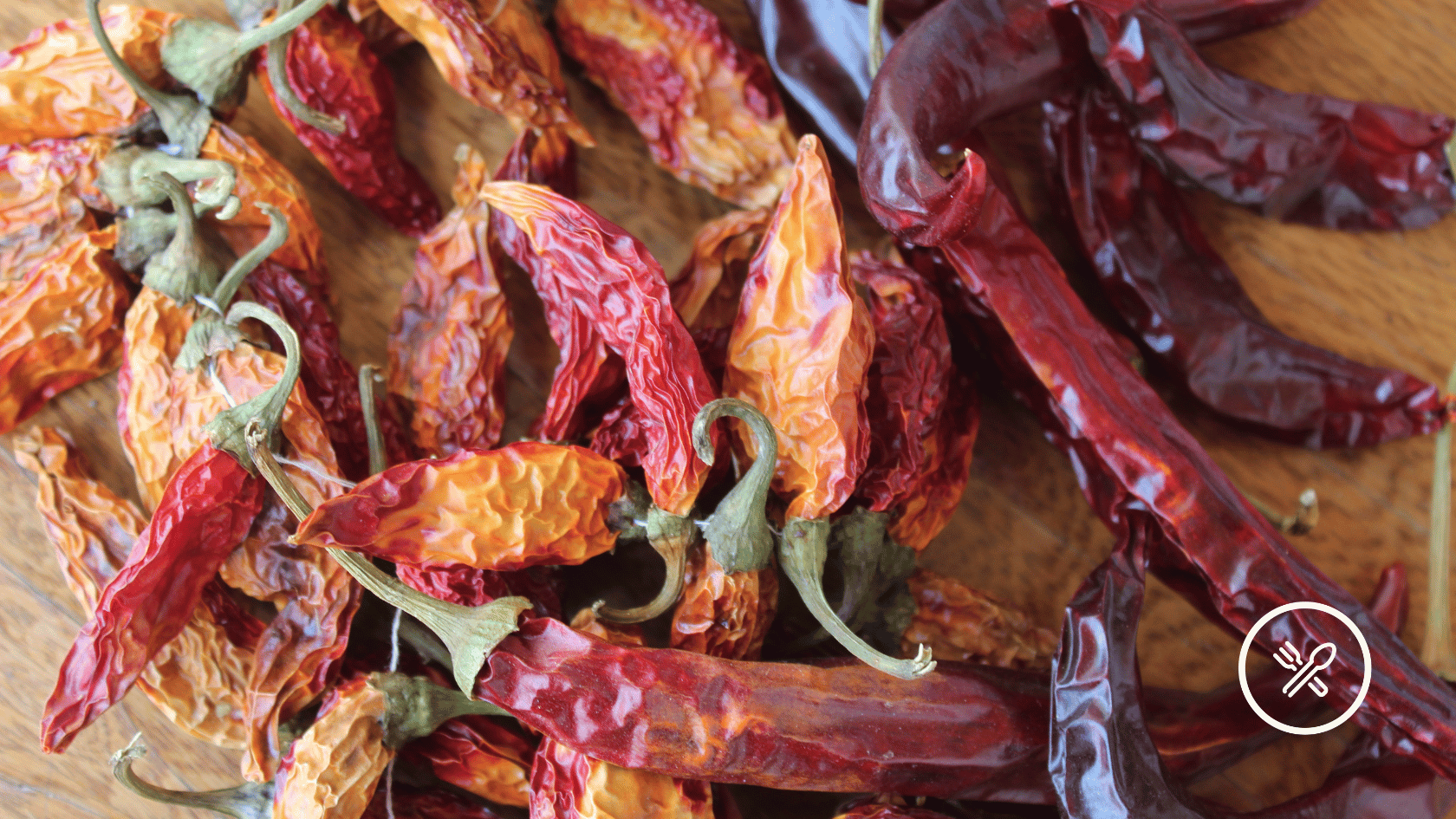
Originally posted on Chipotle Newsroom on March 22, 2023, titled Chipotle Announces 2023...
 Nina Galle
Nina Galle